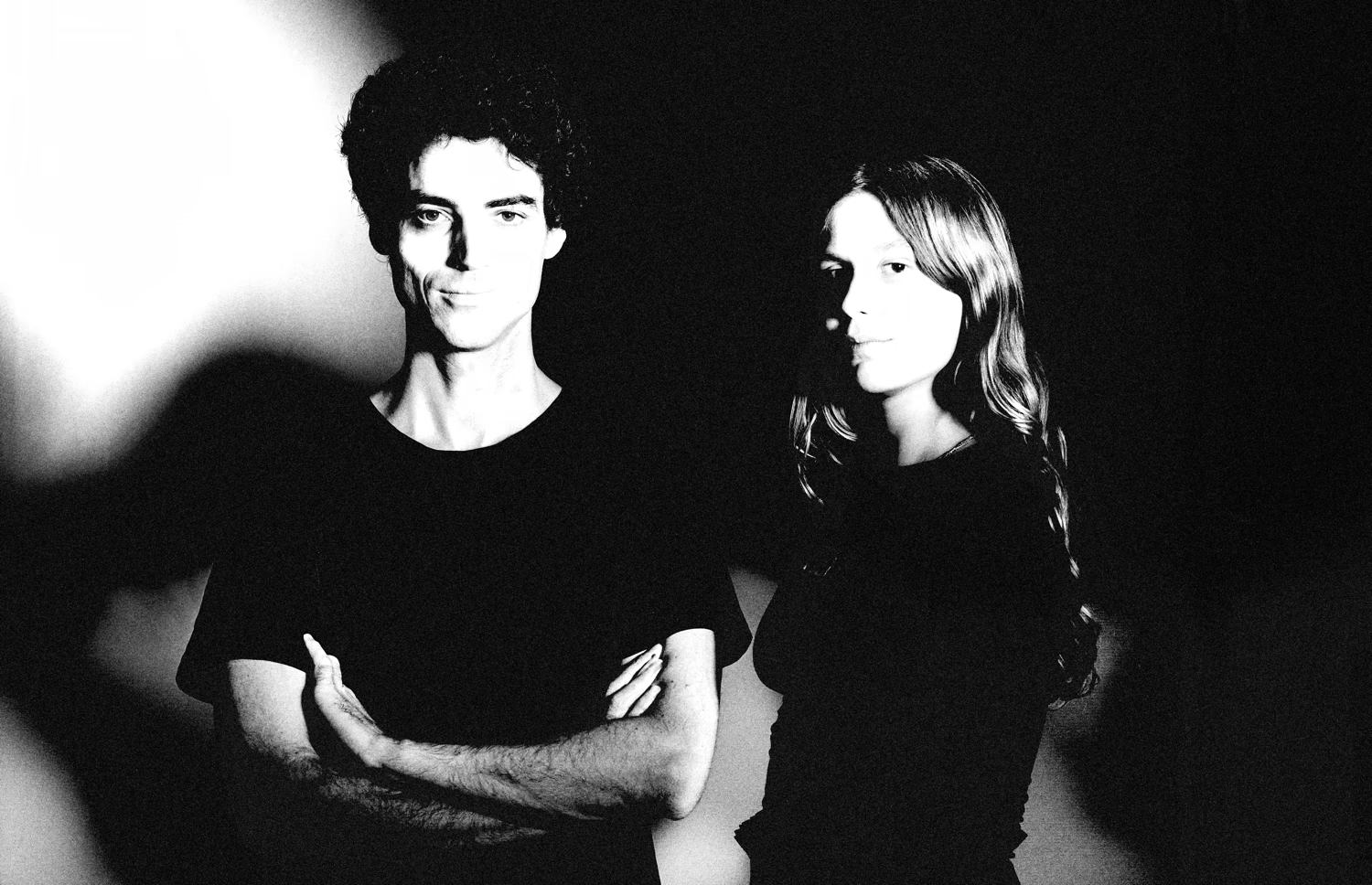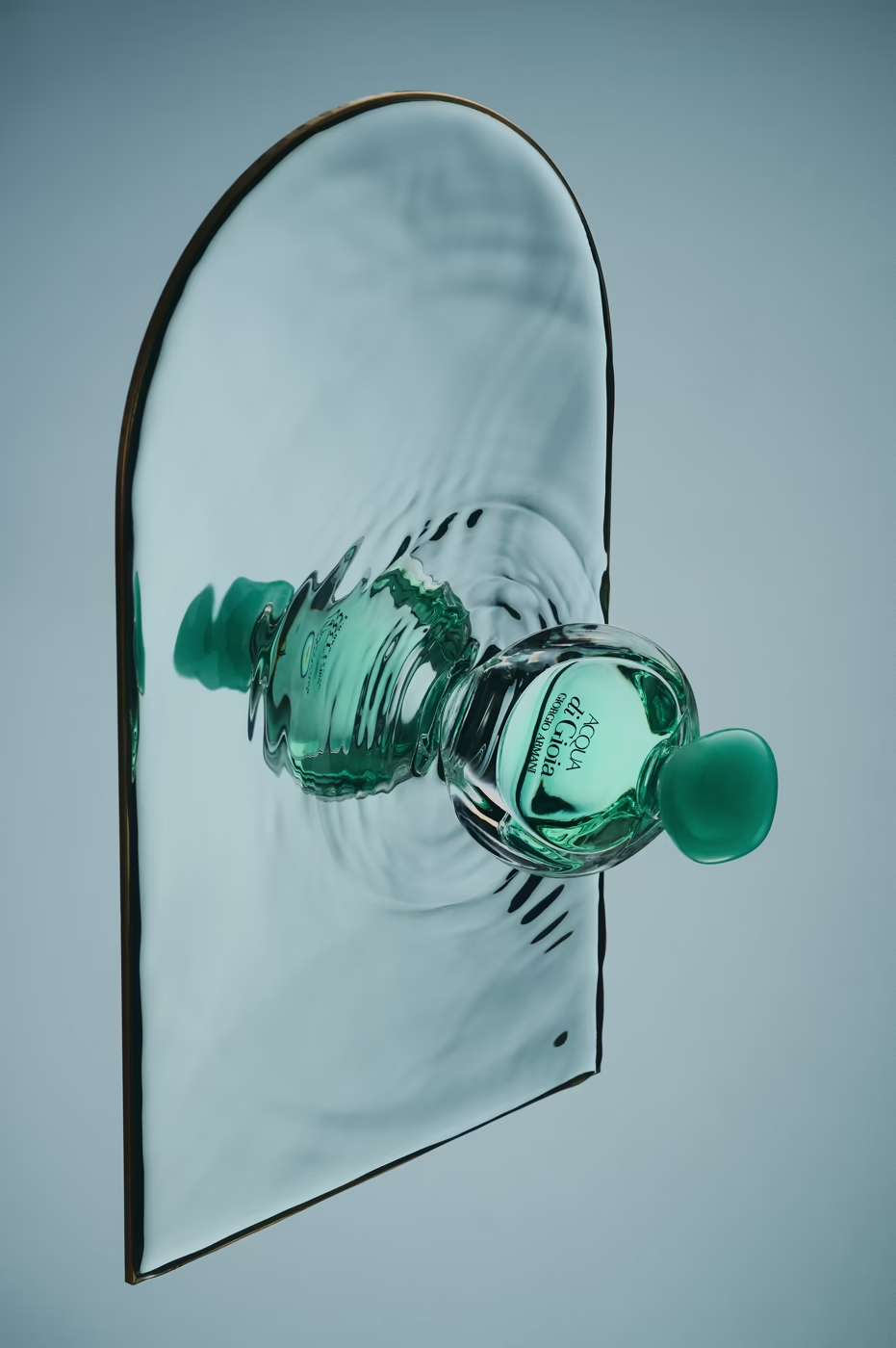In this post, we will lay the foundation for all future entries in our “Lighting Series.” We’re glad you’ve decided to continue reading after the first part, and if you haven’t yet, we strongly recommend going back to it. In our humble opinion, the introduction may be the most important part of the series.
Now, let’s take a closer look at light in general and create a framework that will help us analyse both natural light and the light produced by various modifiers. This will deepen our understanding of the techniques used to shape light and enable us to precisely replicate the natural look and feel of different lighting scenarios, such as a bright sunny day, a beautiful sunset, or an overcast sky.
Let’s begin by defining an abstract light source based on its core properties. As we’ve mentioned before, we will focus solely on the characteristics of light that are relevant to photographers—those that we can actively influence. We won’t be diving into the scientific aspects here, as that’s beyond the scope of this article.
So, what are these key characteristics?
- Size of the light source in relation to subject.
Probably the most obvious one will be the size of our light source in relation to the subject. The last part is especially important because a huge light source at a big distance becomes effectively a small one.
A large light source is typically referred to as producing “soft” light. But what does “soft shadow” really mean? Let’s take a look at an illustration.
Illustration 1.
As we can see, a shadow cast by a large, soft light source has no sharp edges. Instead, we see a smooth, wide gradient between the shadow and the highlight. However, there’s a tricky question to consider: does a large light source automatically mean a soft shadow? Is size alone enough to determine the difference between hard and soft light?
Let’s imagine a large, mysterious light source that emits perfectly parallel rays of light.
Illustration 2.
In this case, even though the light source is large relative to the subject, if the rays don’t diverge, the shadows will have perfectly sharp edges.
Illustration 3.
What does this mean? It shows that the softness of light can’t be determined solely by the size of the light source. We need an additional factor to describe the variation in angles between individual rays of light. Let’s call this “focus.”
- How focused the light is.
A perfectly focused light source emits a beam that maintains its diameter over distance, with individual rays remaining parallel. A defocused source, however, emits rays that spread out in random directions.
Illustration 4.
We will discuss techniques for focusing or defocusing light later in this series, when we cover light modifiers. For now, let’s consider the degree of focus as another important characteristic of a light source.
Now we have one more property to discuss for now.
- Light Temperature and Color.
I often feel that this is one of the most undervalued aspects, and many photographers tend to ignore it. Color gels in the studio are often seen as useful only for creating strong, oversaturated effects. As a result, most light sources remain at their default 5500 Kelvin temperature. But how does this compare to natural light?
In nature, neutral light in the 5500-6000 Kelvin range is only found somewhat between 12:00 and 3:00 p.m. or on a cloudy day. Light from a rising or setting sun is always much warmer, while light from a clear blue sky is usually cooler.
Illustration 5.
Since the goal of this series is to understand and learn how to simulate natural-looking light, we will, for now, ignore color tints and other effects, focusing instead on light temperature alone.
What’s important for us at the moment is the observation of the fact, that the perfectly neutral colour temperature is not that common. The light that plays the role of fill light in natural settings is often cooler, while sunlight is usually warmer than 5500K. Here at MMIRI, it’s rare for us to use a light head on set without some sort of color gel. However, since we’re still in the more theoretical part of this series, we’ll leave discussions about flash heads, color gels, and other tools for later.
In the next part of this series, we will explore what makes sunlight so unique. We’ll analyze its properties based on the principles we’ve covered so far.



